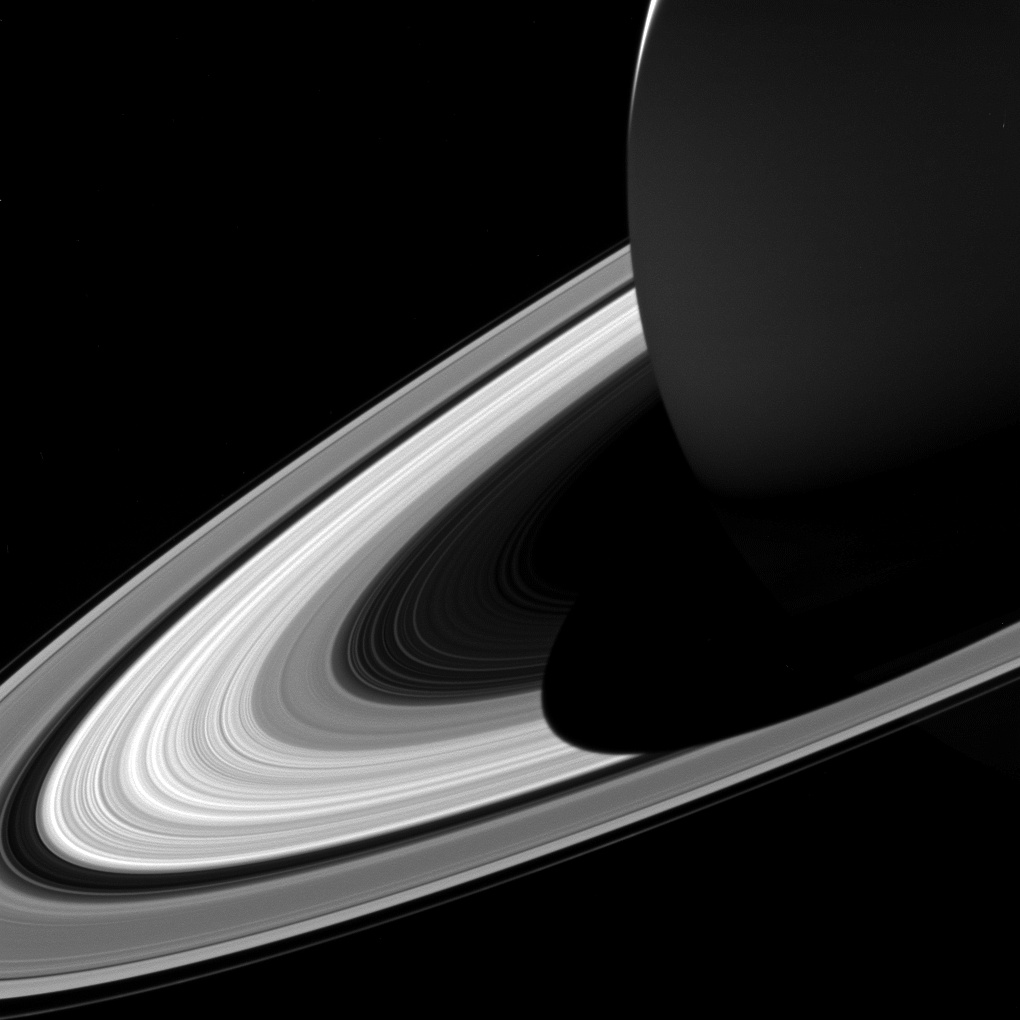
NASA’s Cassini spacecraft has now successfully completed its 12th ring crossing at Saturn, and is now well past the halfway point of the Grand Finale phase of its mission. Each ring crossing, with now only 10 left, brings Cassini closer to its inevitable end in September, when the spacecraft will plunge into Saturn’s turbulent atmosphere to meet its fiery fate.
So far, everything has been going to plan. “It’s doing exactly what it’s supposed to do,” said Julie Webster, Cassini’s manager of spacecraft operations. “The spacecraft is executing every command that’s asked of it.”
The Grand Finale phase began last April and will conclude on Sept. 15, when the mission will end after about 13 years. During that time, Cassini has revealed Saturn and its moons to human eyes as never before, providing unprecedented views of these enigmatic worlds.
“No spacecraft has ever gone through the unique region that we’ll attempt to boldly cross 22 times,” said Thomas Zurbuchen, associate administrator for the Science Mission Directorate at NASA Headquarters in Washington. “What we learn from Cassini’s daring final orbits will further our understanding of how giant planets, and planetary systems everywhere, form and evolve. This is truly discovery in action to the very end.”
During the ring crossings, Cassini “dives” between the innermost rings and the planet itself, a space of about 1,500 miles (2,000 kilometers), something that no spacecraft has done before. Needless to say, the views have been spectacular, with incredible details seen in both the rings and the atmosphere.
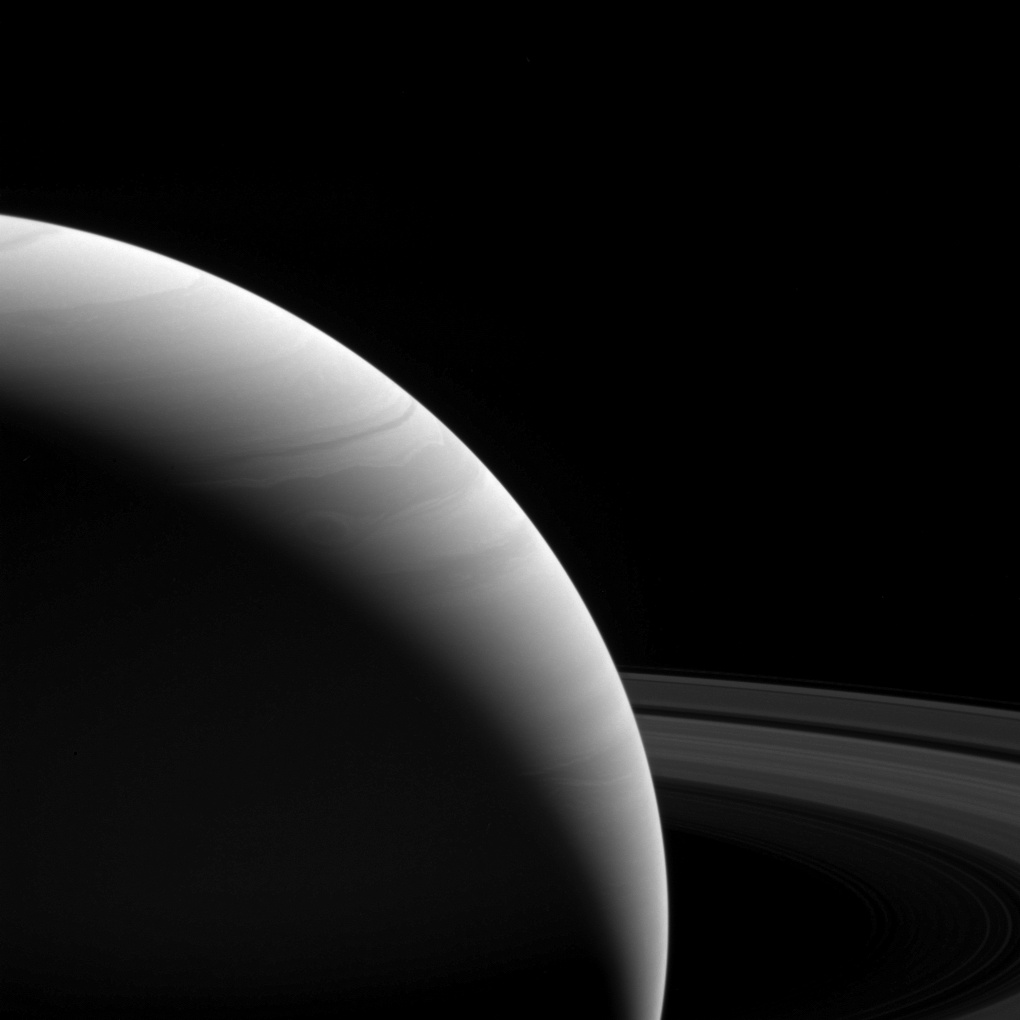
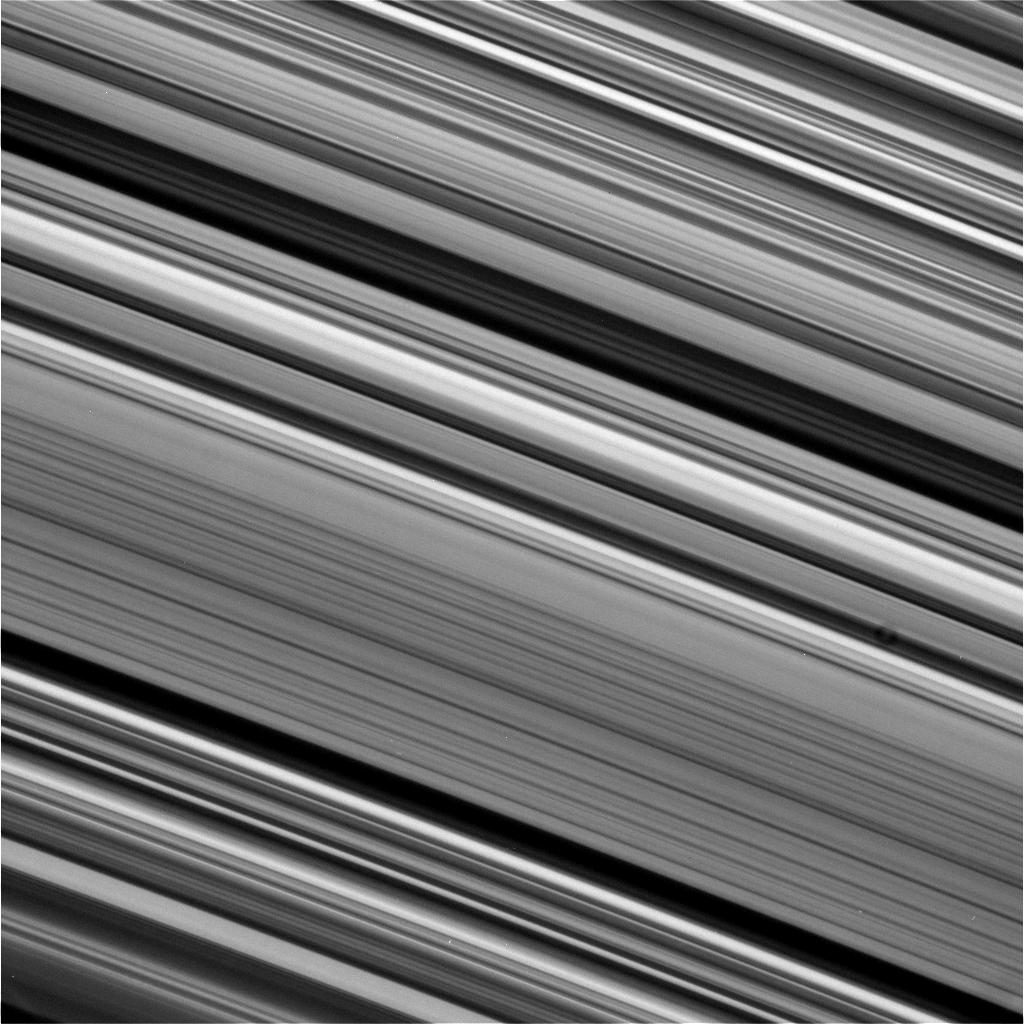
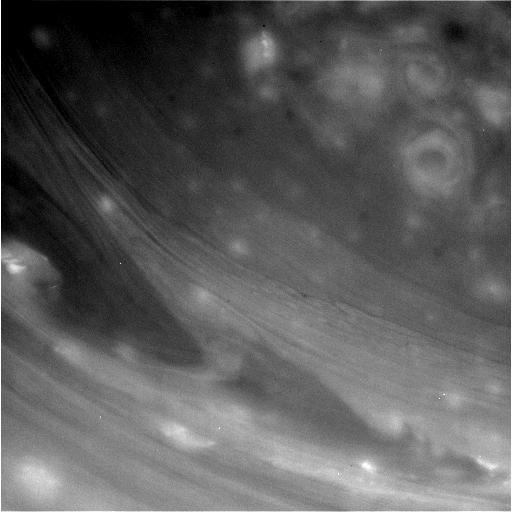
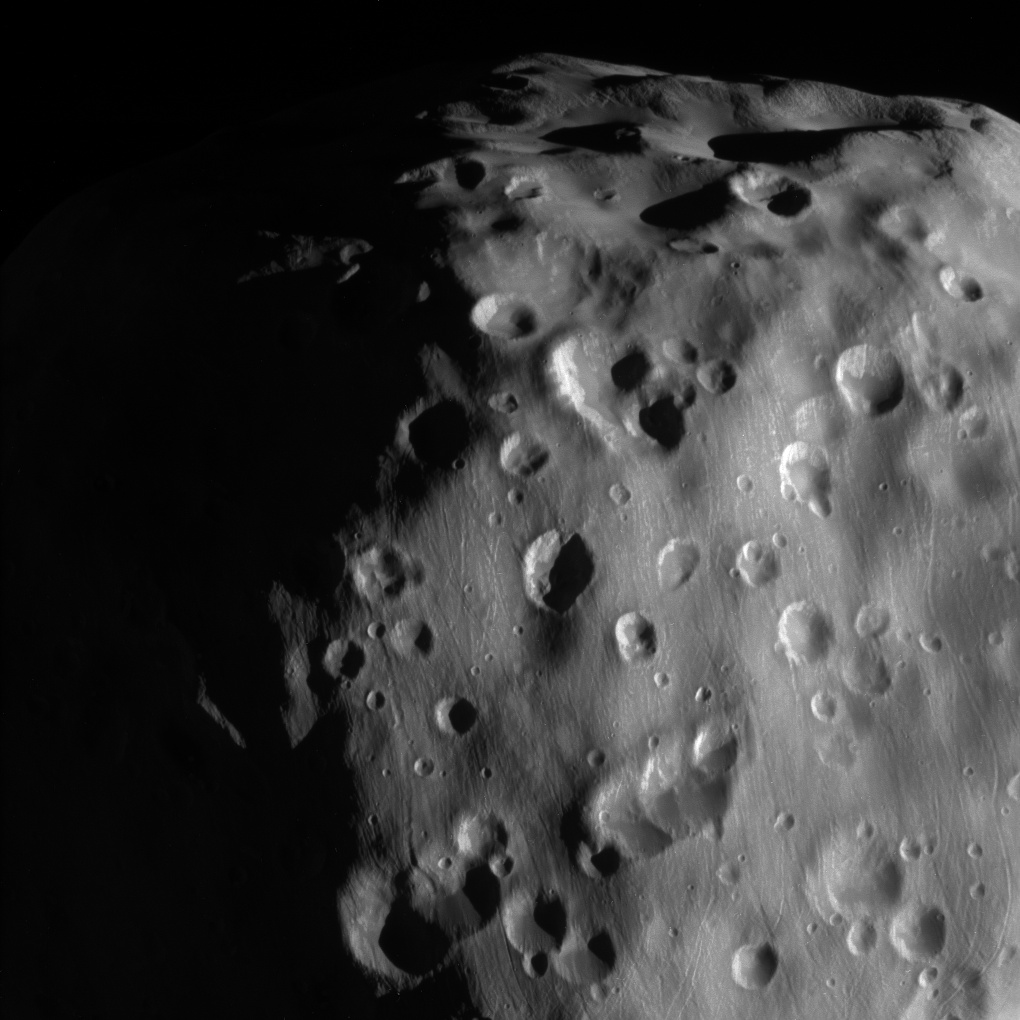
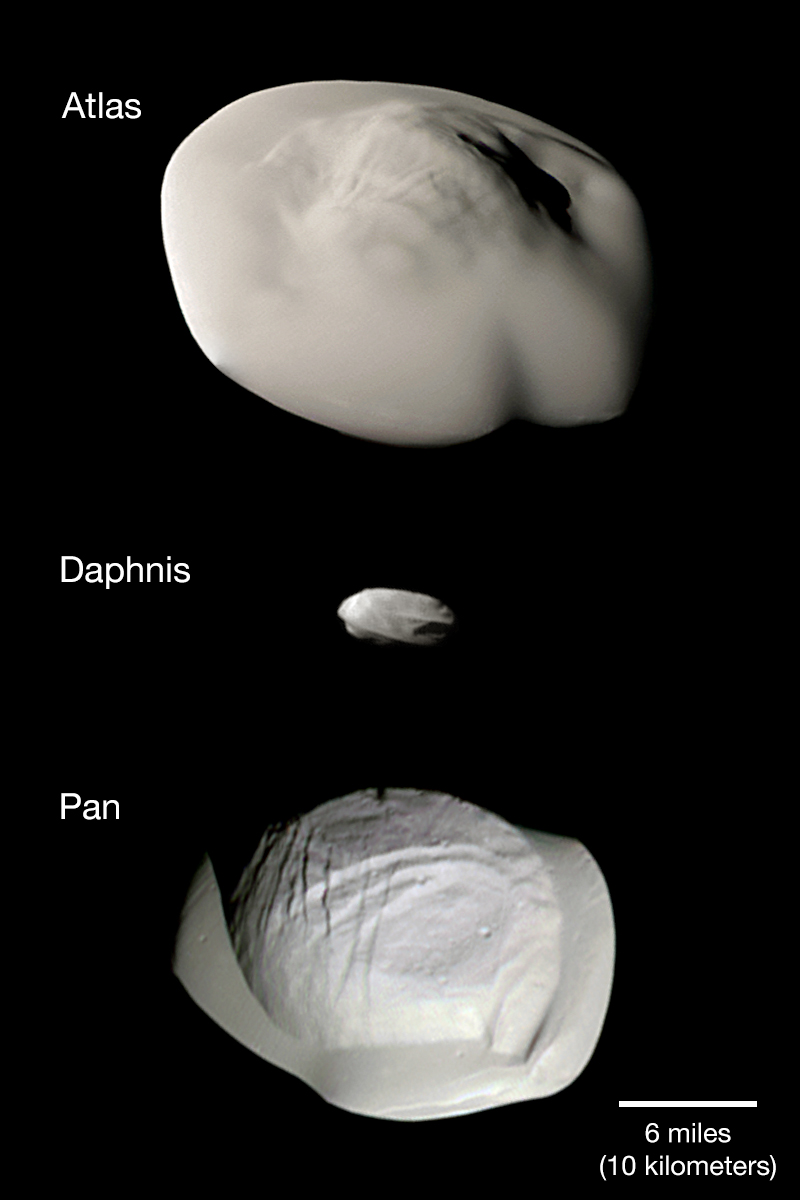
During each ring crossing, the spacecraft has specific observational tasks; for this one, these include:
- Cassini’s Ultraviolet Imaging Spectrograph (UVIS) stares at the star Kappa Canis Majoris, as parts of the C ring and A ring pass between the spacecraft and the star. The spacecraft’s Composite Infrared Spectrometer (CIRS) observes the occultation as well.
- Cassini’s imaging cameras, the Imaging Science Subsystem (ISS), observes some of Saturn’s known ring propeller features, then targets the border region of the F ring and A ring to study ring dynamics there.
- Cassini’s UVIS instrument also studies small-scale structures in the rings.
- During this orbit’s ring-plane crossing, the spacecraft is oriented such that its high-gain antenna (the big dish) faces forward (called “HGA to RAM”) to help shield the spacecraft from ring particles.
- Also during ring-plane crossing, in the brief period in which impacts are most likely, the Radio and Plasma Wave Science (RPWS) instrument “listens” for the impacts of ring particles, which produce detectable plasma clouds when they strike the spacecraft. The antenna protrudes several meters beyond the protection of the high-gain antenna and so still detects impacts.
- During this orbit, Cassini gets within 2,320 miles (3,730 kilometers) of Saturn’s 1-bar level. Cassini also passes within 2,470 miles (3,980 kilometers) of the inner edge of Saturn’s D ring.
All of Cassini’s raw images can be seen here on the mission website.
Be sure to “LIKE” AmericaSpace on Facebook and follow us on Instagram & Twitter!
.





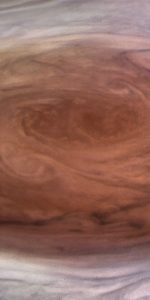
One Comment
One Ping
Pingback:Cassini’s Latest Dive Through Saturn’s Rings Reveals Spectacular Detail – MeasurementDataBases for Industry & Science